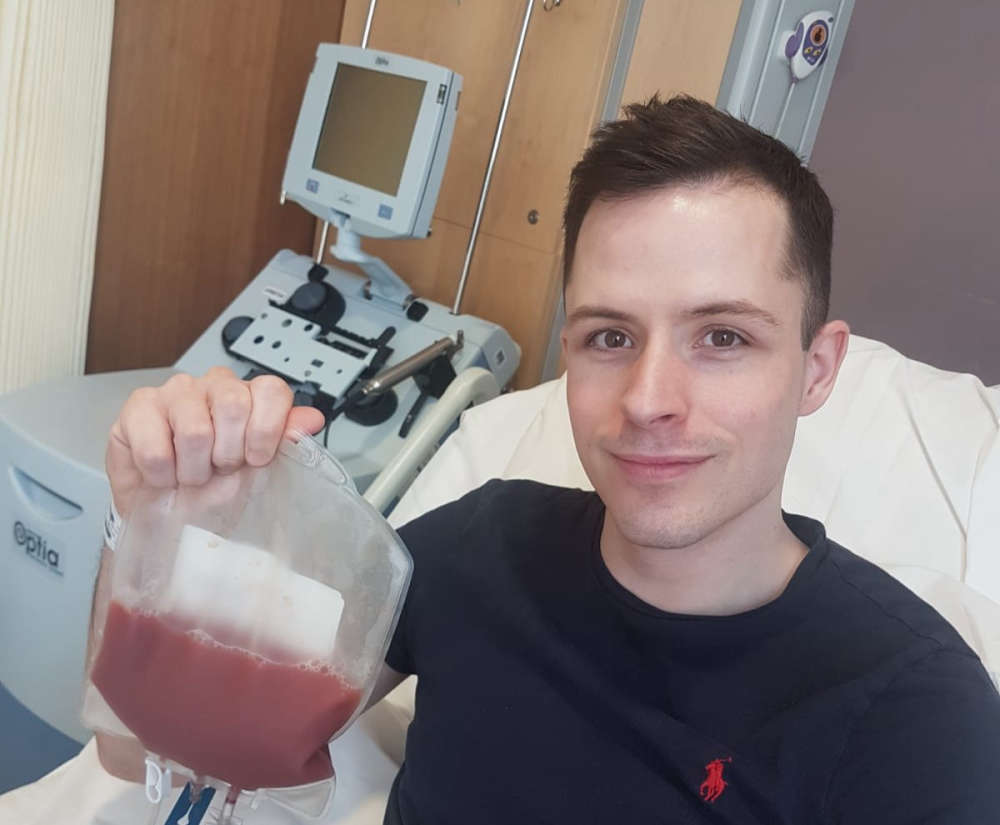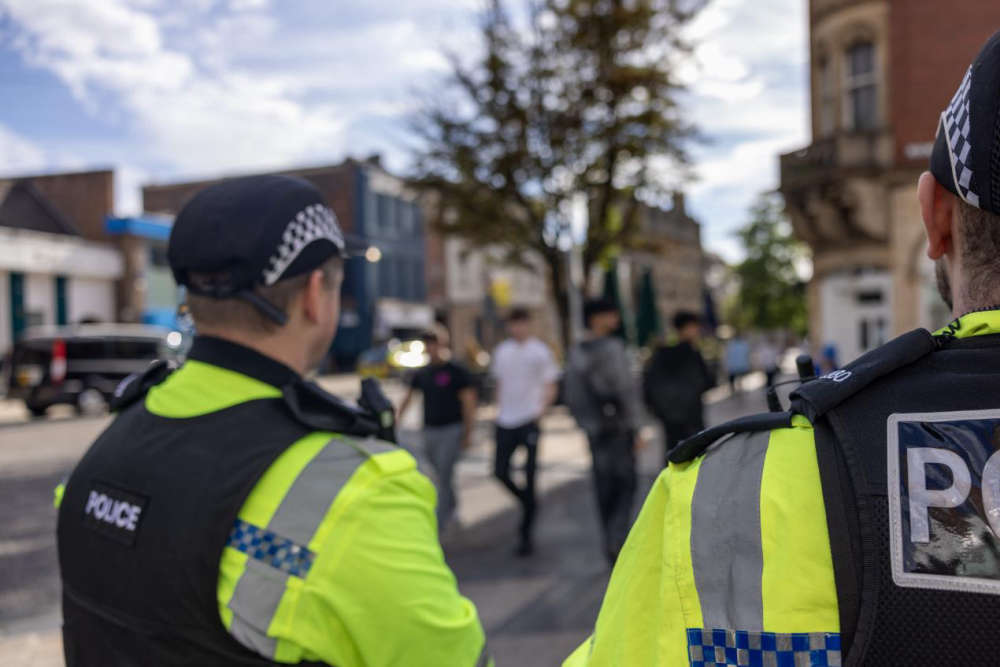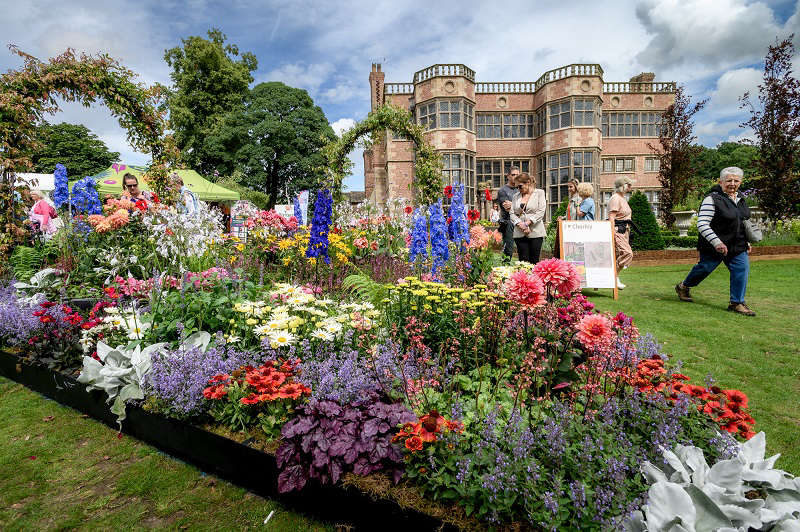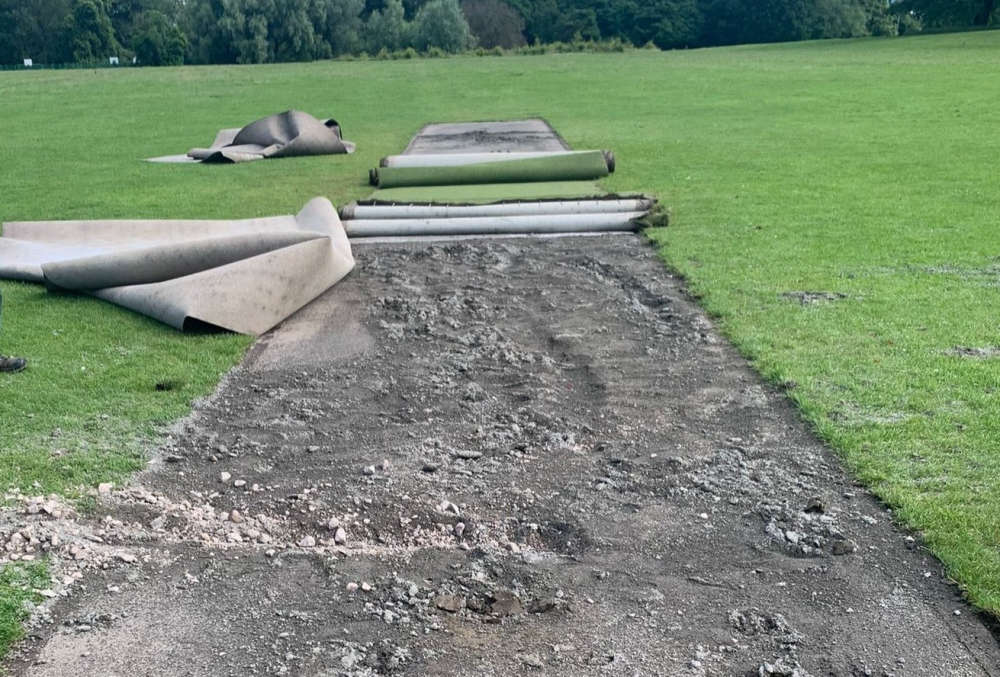
A building described as one of Preston’s ‘crown jewels’ is set to be brought back to life after plans for its refurbishment were given the go-ahead.
The Harris Institute is poised to emerge from a decade of dereliction to become a new creative hub and events and exhibition space.
However, the project still needs to secure some of the funding needed to make it a reality, a meeting of Preston City Council’s planning committee heard.
Members granted permission for the scheme, which it is hoped will see the Grade II*-listed building on Avenham Lane converted to offer facilities including a gallery, theatre, dance studio, conference and meeting rooms and a co-working area.
Meanwhile, the adjoining Regent House will be transformed into nine holiday apartments, under the blueprint put forward by Bolton-based Harris Investment Group Limited.
Architect John Bridge, whose Studio John Bridge firm has designed the redevelopment, told the committee the proposal provided a long-awaited opportunity to “revive” the 175-year-old Institute
“It will create a home for artists, creatives, professionals, performers – people from all backgrounds and cultures. [This building] is a crown jewel,” he said.
Mr. Bridge added that the venue had the potential to establish itself as “a real destination …[which could be] a gateway project for Winckley Square”.
He also told members that the conference space planned for the building was “much needed” in Preston.
The committee heard that the short-stay apartments would service “the upper end of the market”. While they will be offered out to whoever might want to stay in them – visitors to the city for work or pleasure – it is expected that much of the demand will come directly from those using the facilities within the Institute.
The landmark building has previously functioned as an art school and, most recently, the Darul Aloom Islamic Institution until the property was vacated in 2014. It is now on the ‘at risk’ register of heritage assets, with its condition rated as “poor” and one of “slow decay”.
John Bridge said that the deterioration had manifested itself via issues including dry rot and water leakage. He also said that a cannabis farm uncovered at the site almost two years ago had “really damaged the building”.
Councillors were told that a grant of planning permission would enable applications to be submitted for pots of funding that would be needed in order to “complement the owner’s budget” and bring the vision for the Institute to fruition.
Mr. Bridge said “multiple funding streams” may have to be tapped, but that investigatory and repair work could begin by the spring. Some urgent repairs – including the removal of elements of the dry rot – have already been carried out.
The plans received the unanimous backing of the committee, with one of its members, Carol Henshaw, hailing the hope of a brighter future for the prominent site, which she said had been “a long time coming”.
After the meeting, a spokesperson for The Harris Investment Group said: “We are incredibly proud and excited to see our plans for the Harris Institute approved by Preston City Council.
“Our vision is to create a vibrant, multi-use space that serves the community, attracts visitors, and honours the legacy of this iconic landmark.
“We are committed to working with local stakeholders, Historic England, and future occupiers to ensure this development becomes a source of pride for Preston.”
‘TOURSIM BOOST’
City council planning officers had recommended the scheme be approved after concluding the range of proposed uses for the revitalised plot would provide “cultural, leisure and entertainment facilities and help encourage tourism”.
In a report posted to the committee, they added that “the sensitive reuse of the building would make a positive contribution to [its] significance and the local character of Avenham and Preston in general”.
External changes to the building will be limited to repairs and the installation of a lift, to allow wheelchair access, on the Regent Street side of the site.
A more detailed conservation plan for the inside and outside of the Institute – providing information about the exact materials to be used in its restoration – will have to be approved by town hall planners before work can begin.
WHAT’S PLANNED WHERE?
Harris Institute
Basement – amphitheatre space, co-working office accommodation, meeting rooms and toilets.
Ground floor – café/bistro, exhibition space/retail, theatre with backstage space, – including dressing rooms – kitchen facilities and toilets.
Lower first floor – offices and toilets.
First floor – meeting room/exhibition space and dance/performance studio.
Regent House
Six single and three duplex apartments, accessed via the existing private side entrance from Regent Street. A new courtyard with access from the main entrance to Regent House.
HARRIS HISTORY
The Harris Institute was built by John Welch as the Preston Institution for the Diffusion of Useful Knowledge between 1846 and 1849 A terraced forecourt was soon added and the Classical-style building was enlarged in 1883 when it was converted to a Technological College. The extension work had been funded by benefactor Edmund Robert Harris on the stipulation that the facility would be used for educational purposes.
Plans to convert the striking building – which includes an imperial staircase and lecture room – into a dozen flats were turned down by the then Preston Borough Council in 1998. The University of Central Lancashire operated the building for a time as its Department of Performing Arts, but put it up for sale in 2009 after it moved into a new £15m development on the main campus. The building was eventually bought – and became the Darul Aloom Islamic Institution – but has lain used since 2014.



 Chorley stem cell donor who saved a stranger’s life urges others to join the register
Chorley stem cell donor who saved a stranger’s life urges others to join the register
 Motorcyclist dies after collision in Chorley
Motorcyclist dies after collision in Chorley
 Man jailed for attempting to kill police officer at Preston station
Man jailed for attempting to kill police officer at Preston station
 Intensive day of action tackles community issues in Preston City Centre
Intensive day of action tackles community issues in Preston City Centre
 Get your green fingers on early bird tickets for Chorley Flower Show
Get your green fingers on early bird tickets for Chorley Flower Show
 Cricket pitch funding approved
Cricket pitch funding approved
 Concern for missing Preston man also wanted on recall to prison
Concern for missing Preston man also wanted on recall to prison
 Rebrand for 19,000 home social landlord includes controversial name change
Rebrand for 19,000 home social landlord includes controversial name change




